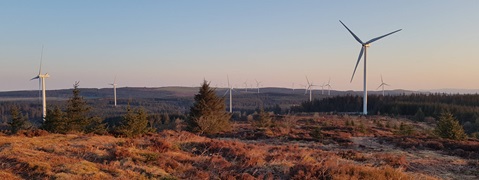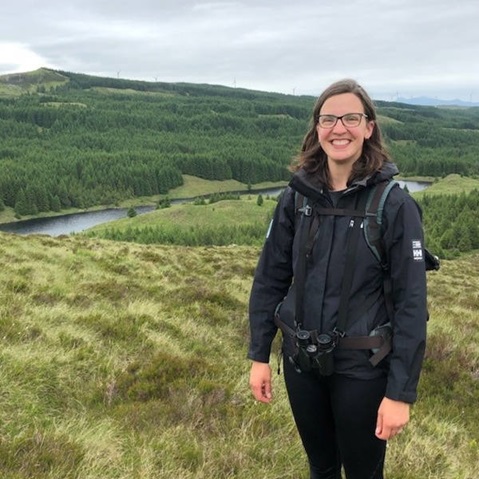Hi there! My name is Kristen Liptrot, I’m an ecologist working for the Onshore Wind team in the UK and Ireland. I’ve been in this role for over six years now, and gosh has the time flown… as not one day is the same!
Day to day I’m responsible for ensuring the implementation of RWE’s ecological commitments across our projects. These are outlined in the Habitat Management Plan (HMP), or equivalent, during the consenting phase when we are obtaining permission to build the wind farm.
This means I manage all aspects of the work, from liaising with stakeholders and regulators to managing contracts with our ecological consultants. I review reports and work out solutions for varying issues, and I communicate internally and externally on all topics ecology related.
I’m also the UK and Ireland Country Representative on our Biodiversity Country Coordinators working group – a very active area of the business that’s looking at how we can embed nature positive thinking, decisions, and actions into our everyday work to deliver benefits for biodiversity, over and above the site conditions prior to our wind farms being built.
Of course, the best part of my job is when I get out on site itself, whether I’m meeting one of our farmers to discuss grazing regimes, or running a stakeholder meeting, or helping survey diver rafts miles from civilisation or for tiny dormice on the edge of an access track.






